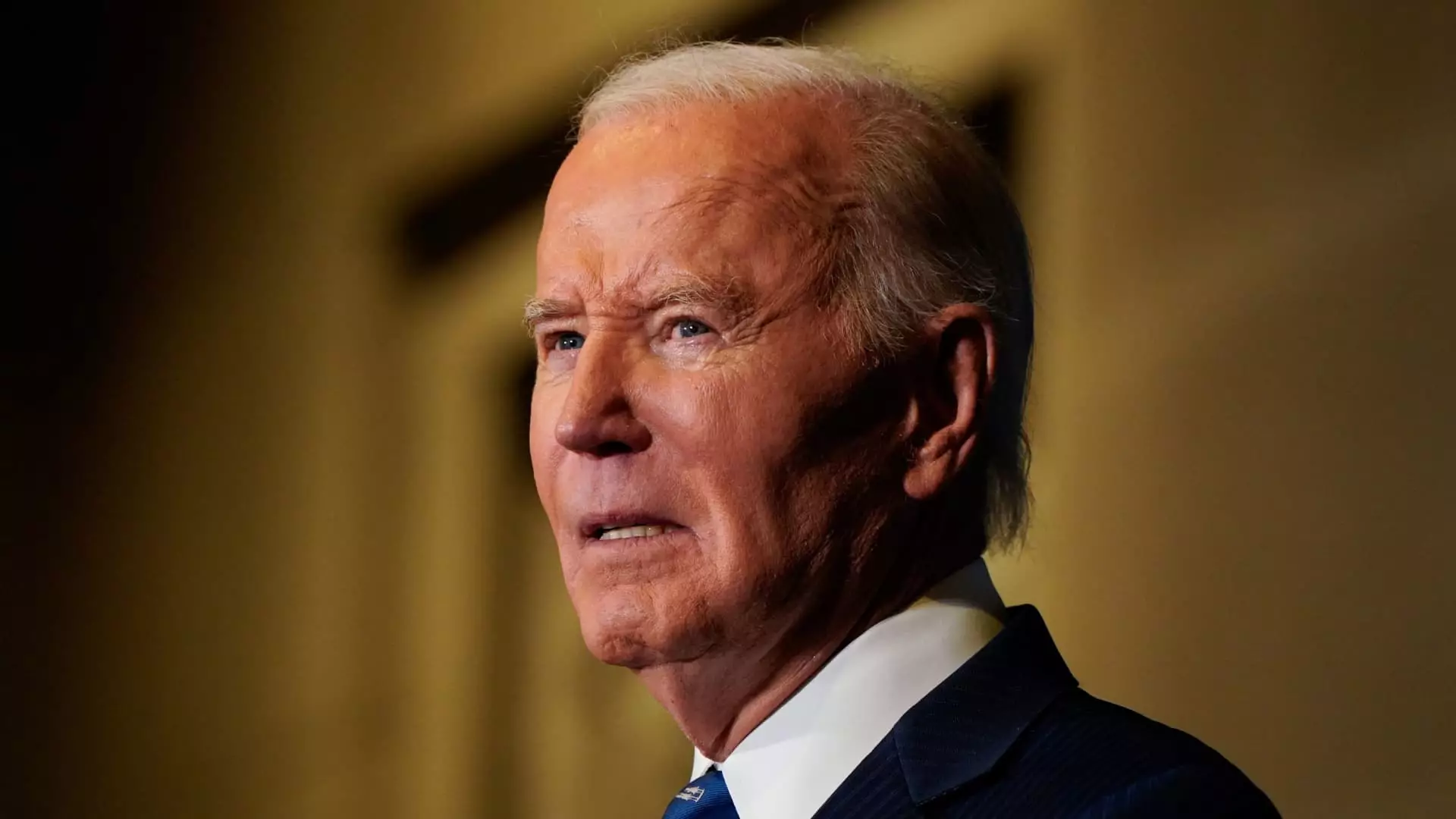The Biden administration faced a significant setback with the recent withdrawal of two pivotal student loan forgiveness initiatives aimed at alleviating the financial burden on millions of Americans. In an unexpected turn of events, proposed regulations intended to empower the Secretary of Education to cancel debts for long-time borrowers and those encountering financial hardships were halted. This withdrawal indicates a larger narrative surrounding the administration’s struggles to implement ambitious educational policy changes, particularly in the context of the looming Trump administration and the prevailing uncertainties regarding federal engagement in student debt relief.
The decision to retract the regulations was published in the Federal Register, indicating operational challenges and a reevaluation of resource allocation. The Education Department’s commitment to resolving the debts of at-risk borrowers rather than pursuing expansive forgiveness proposals speaks volumes about the political climate and operational realities that shape policy at the federal level. As the Biden administration approaches its closing weeks, the urgency of addressing existing alternatives for maintaining student loan repayment takes precedence, further complicating the landscape for borrowers seeking relief.
Expert commentary presents a bleak outlook on the viability of broad-based student loan forgiveness under the potential Trump administration. Renowned higher education authority Mark Kantrowitz emphasized the inherent challenges posed by a change in administration and the adversarial stance Trump has exhibited towards student debt relief. Trump’s labeling of Biden’s initiatives as “vile” and legally questionable serves as an illuminating backdrop to the complex political battle over student loan forgiveness, highlighting the potential futility of expansive proposals in a polarized political environment.
To add to this legislative theater, the Supreme Court’s ruling in June 2023 that curtailed Biden’s initial strategy further complicates the prospects for borrowers. The administration’s pivot towards what some may term a “Plan B” epitomizes adaptive policymaking in response to judicial and political realities encountered along the path of educational reform.
Consumer advocacy organizations expressed profound disappointment following the news of these withdrawn initiatives. The potential for freeing millions from the overwhelming burden of student debt represented a beacon of hope for families and individuals grappling with financial instability. Persis Yu, a key figure at the Student Borrower Protection Center, accurately articulated the deep concern around missed opportunities to advance economic mobility for a vast segment of the population. The tangible impact of rescinded proposals reverberates strongly among those who see student loan relief as critical to enabling broader participation in the economy.
As expressed by Elaine Rubin, the uncertainty surrounding the future of student loans sends ripples of anxiety among borrowers. Many are left wondering how far removed they may be from relief amid the shifting priorities of the federal government. With significant changes anticipated in loan policies, individuals are left navigating a landscape fraught with confusion and potential financial peril.
Despite the setbacks, the Education Department maintains a collection of existing student loan forgiveness programs such as the Public Service Loan Forgiveness (PSLF) and Teacher Loan Forgiveness (TLF). These initiatives are significant lifelines for those in public service and education, allowing for potential loan cancellations after a designated period of service and payments.
The recent announcement of an additional $4.28 billion in student debt forgiveness for public service workers exemplifies ongoing commitments in specific areas, even while broad-based initiatives falter. However, concerns surrounding the longevity and sustainability of such programs underline the uncertainty many borrowers feel. The existence of PSLF is particularly crucial, as any elimination or major restructuring of these programs would necessitate congressional action, a situation rendered uncertain by the changing political tides.
For those seeking student loan relief and alternative financing options, resources are available at Studentaid.gov and through the Institute of Student Loan Advisors. While these options may provide some support, the broader narrative reflects ongoing struggles within Congress and the federal education system to definitively address the student debt crisis.
The Biden administration’s withdrawal of expansive student loan initiatives underscores the myriad challenges that envelop education policy in the United States. The intersectionality of political factors, judicial decisions, and economic realities continues to impact the financial trajectories of millions. As stakeholders anxiously observe the evolving landscape, a pressing question looms: Will meaningful relief come to the forefront in future legislative endeavors, or will borrowers continue to grapple with their mounting debts in silence?

